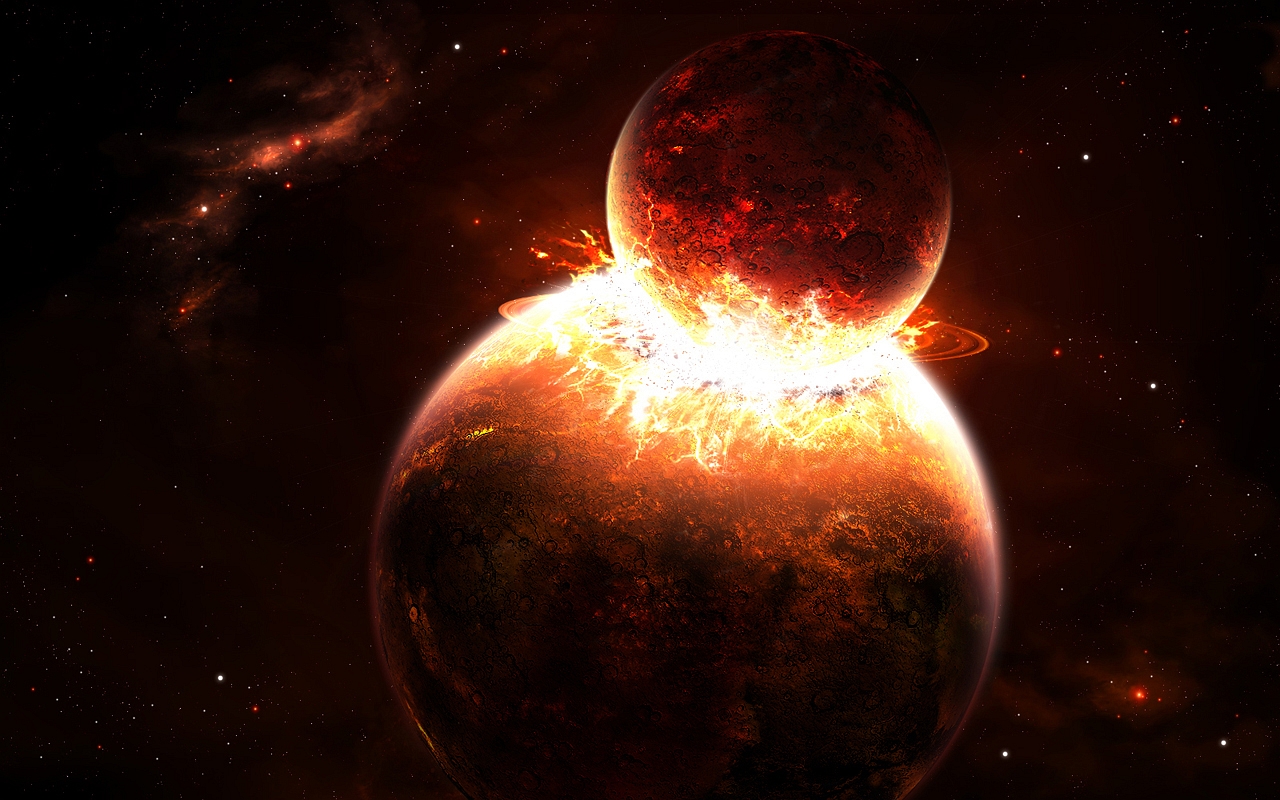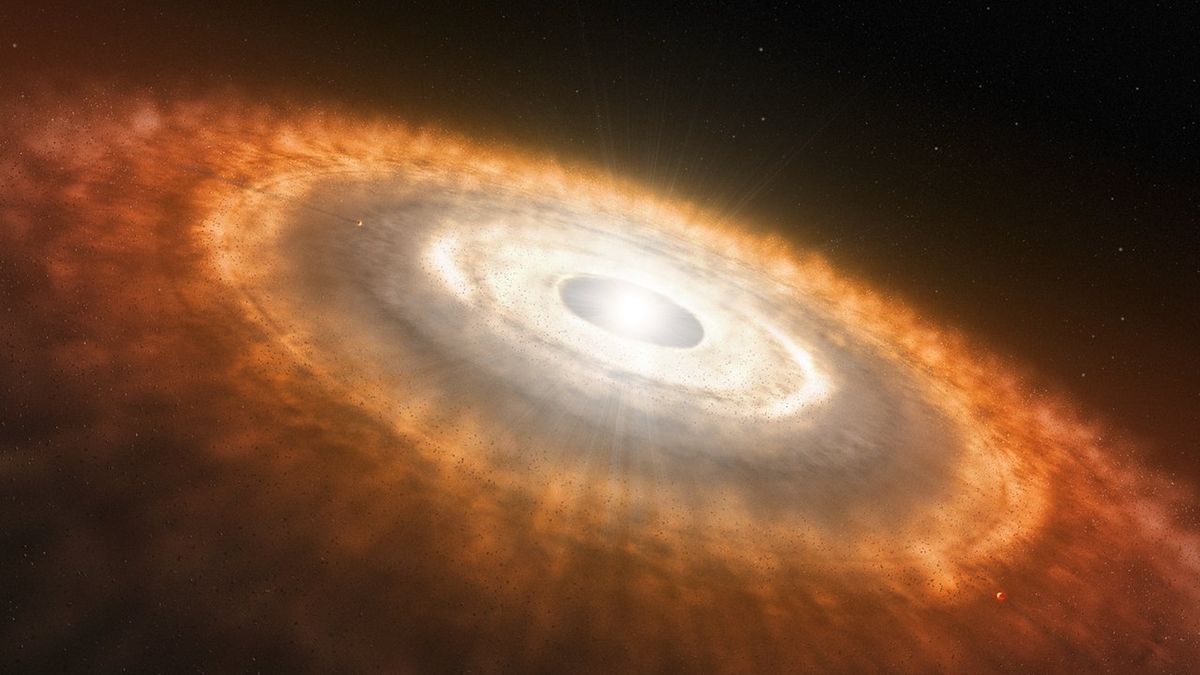💥 A collision between two planets may have sparked life
Follow us on Google News (click on ☆)

The impactor, named Theia, was a body the size of Mars. It is believed to have struck the proto-Earth, delivering volatiles from the outer regions of the Solar System. There, lower temperatures allow these elements to condense, unlike in regions closer to the Sun where they remain gaseous.
Researchers used chemical models to analyze isotopes in meteorites. By studying the radioactive decay of manganese, they were able to trace the first few million years of Earth's formation. This method offers a precise window into ancient processes.
Inner planets, like Earth, formed quickly and depleted their local volatile resources. Theia, coming from farther out, filled this deficit. This collision not only gave rise to the Moon but may also, according to scientists, have enriched our planet with materials essential for life.
This discovery consequently suggests that life may be rare on other similar exoplanets. Without a similar external contribution, they might lack critical ingredients. Habitability in the Universe may depend on such random events.

Artist's impression of a protoplanetary system.
Credit: ESO/L. Calçada
What is an isotope and how does it help date cosmic events?
Isotopes are variants of the same chemical element that differ in their number of neutrons. For example, carbon-12 and carbon-14 are isotopes of carbon, with different atomic masses.
The radioactive decay of unstable isotopes, such as the manganese-53 studied here, follows a steady rate called half-life. By measuring the products of this decay, scientists can calculate the time elapsed since the formation of rocks.
This technique, isotopic dating, is widely used in geology and planetary science. It allows the reconstruction of the ancient history of Earth and other celestial bodies with great precision, going back billions of years.
In the current study, isotope analysis revealed that Theia delivered volatiles early in Earth's history, around 4.5 billion years ago, offering another piece in the puzzle of life's origins on Earth.
How do planetary collisions influence the evolution of stellar systems?
Collisions between celestial bodies are events that occur in young planetary systems. They can merge planets, create moons, or scatter materials into space, radically altering the composition and orbit of the objects involved. Such impacts transfer energy and matter, redistributing essential elements like water and organic compounds. This can make some planets habitable or, conversely, sterilize them.
In our Solar System, the collision with Theia is a major example. It not only formed the Moon but may also have imported volatiles to Earth, demonstrating how catastrophic events can have beneficial long-term consequences. Understanding these processes helps astronomers predict the habitability of exoplanets and better grasp the diversity of worlds in the Universe.